Monkeys, with their expressive faces and complex behaviors, are fascinating creatures that play crucial roles in their ecosystems. However, many species are on the brink of extinction, facing severe threats from habitat destruction, hunting, and illegal trade. In this article, we explore the 16 rarest monkeys in the world, each species unique and critically endangered. These primates not only highlight the beauty and diversity of wildlife but also underscore the urgent need for conservation efforts to preserve our planet’s biological heritage.
Golden-headed Langur (Trachypithecus poliocephalus)
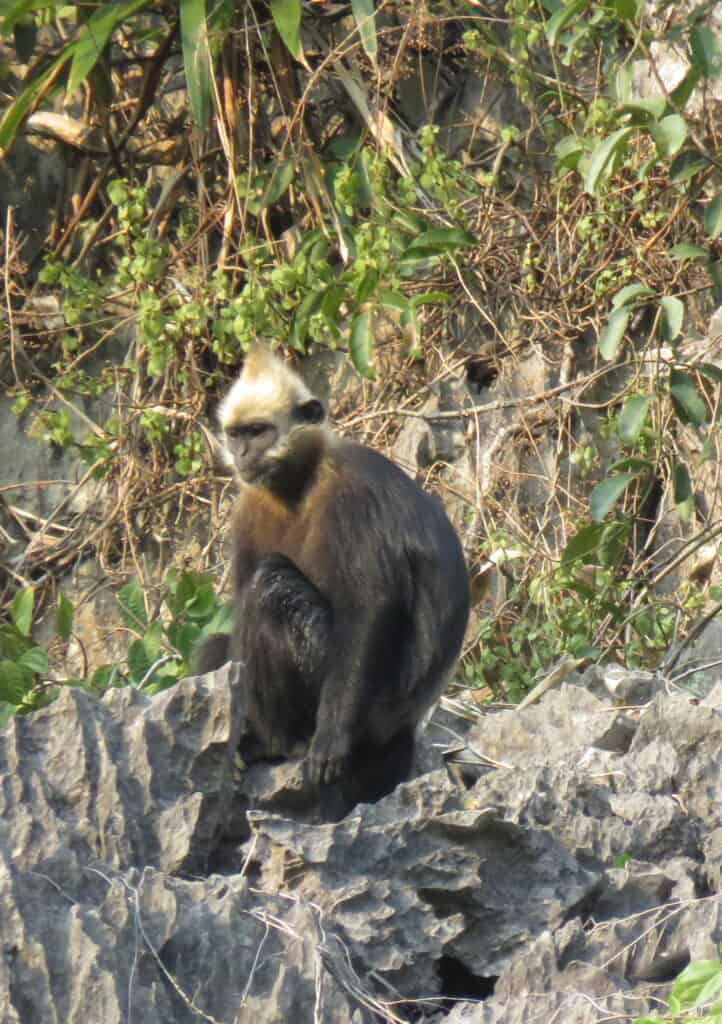
Found only on Cat Ba Island in Vietnam, the Golden-headed Langur, or Cat Ba Langur, is critically endangered, with fewer than 70 individuals remaining. This species is characterized by its striking golden fur around the head and its highly specialized folivorous diet.
Roloway Monkey (Cercopithecus roloway)
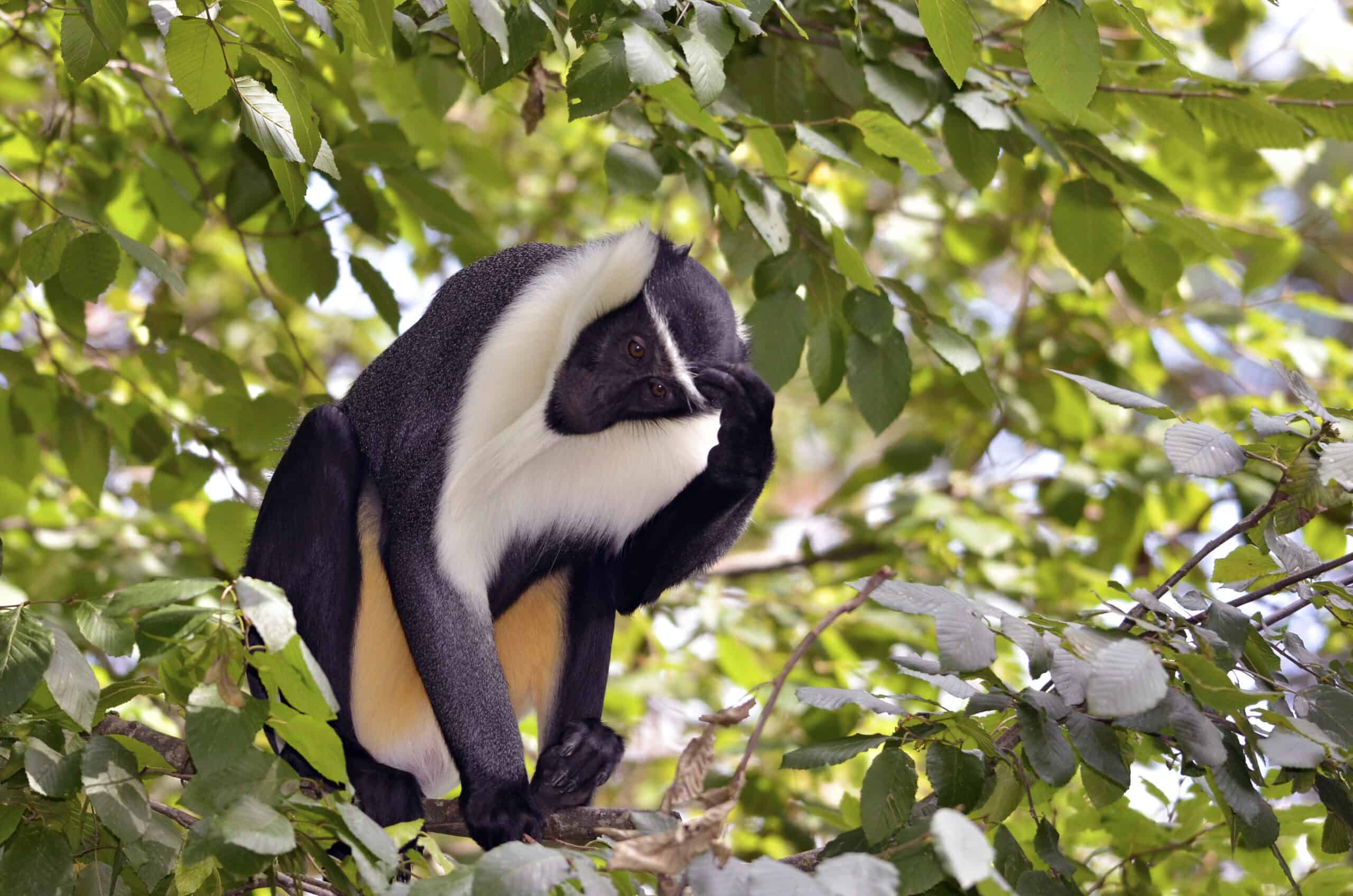
Inhabiting the forests of Ghana and Côte d’Ivoire, the Roloway Monkey is critically endangered due to hunting and habitat loss. These monkeys are known for their distinctive beards and long tails, which are used for balance while navigating through treetops.
Tana River Red Colobus (Piliocolobus rufomitratus)
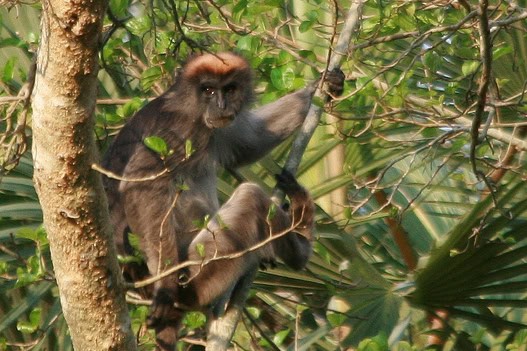
Confined to the Tana River area in Kenya, this red colobus monkey faces threats from habitat destruction due to agricultural expansion. With less than 1,000 individuals left, their survival depends on the conservation of their riverine forest habitat.
Northern Muriqui (Brachyteles hypoxanthus)
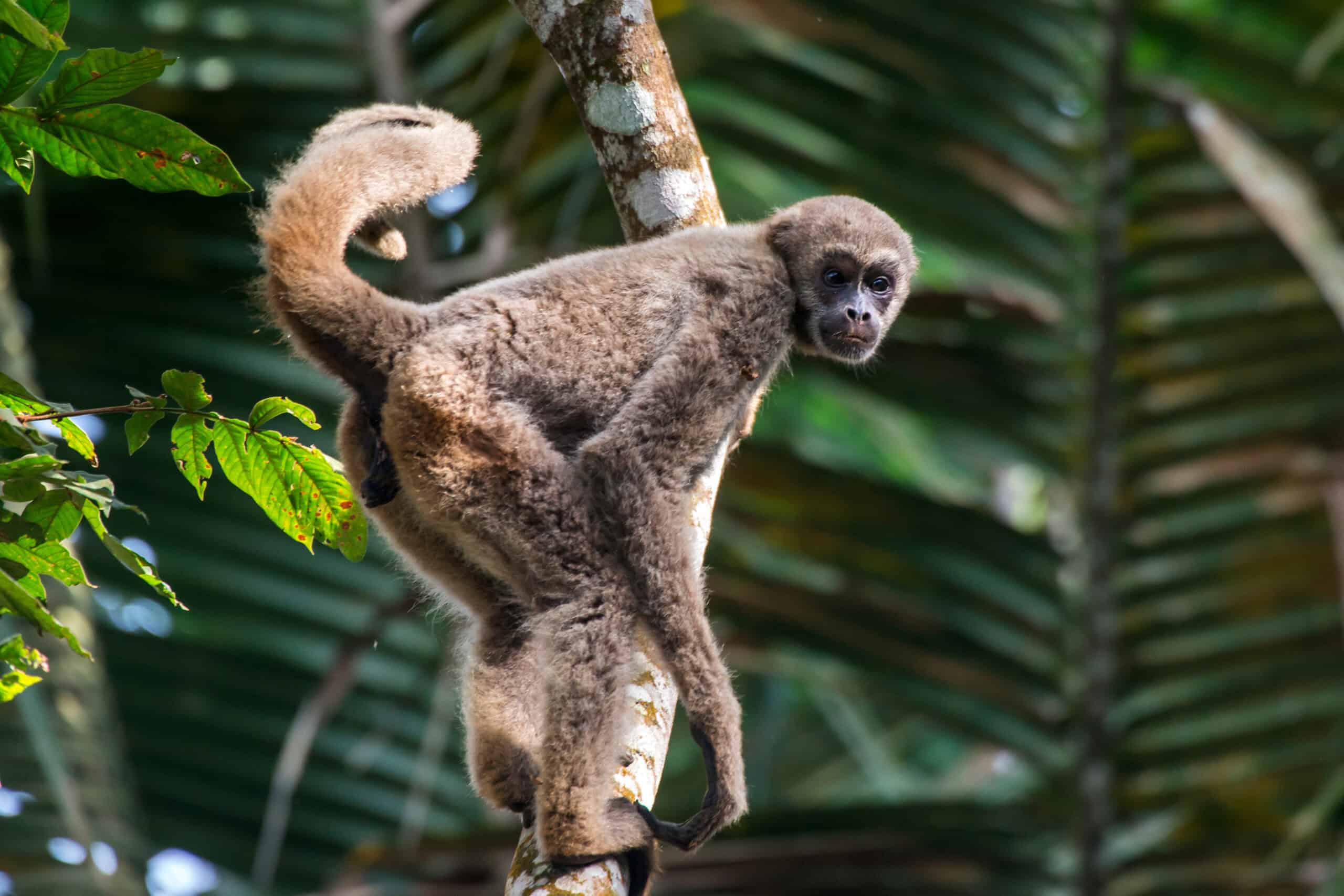
The Northern Muriqui, also known as the Woolly Spider Monkey, is found in the Atlantic Forest of southeastern Brazil. It is one of the world’s largest monkeys and is critically endangered due to deforestation and habitat fragmentation.
Pygmy Tarsier (Tarsius pumilus)
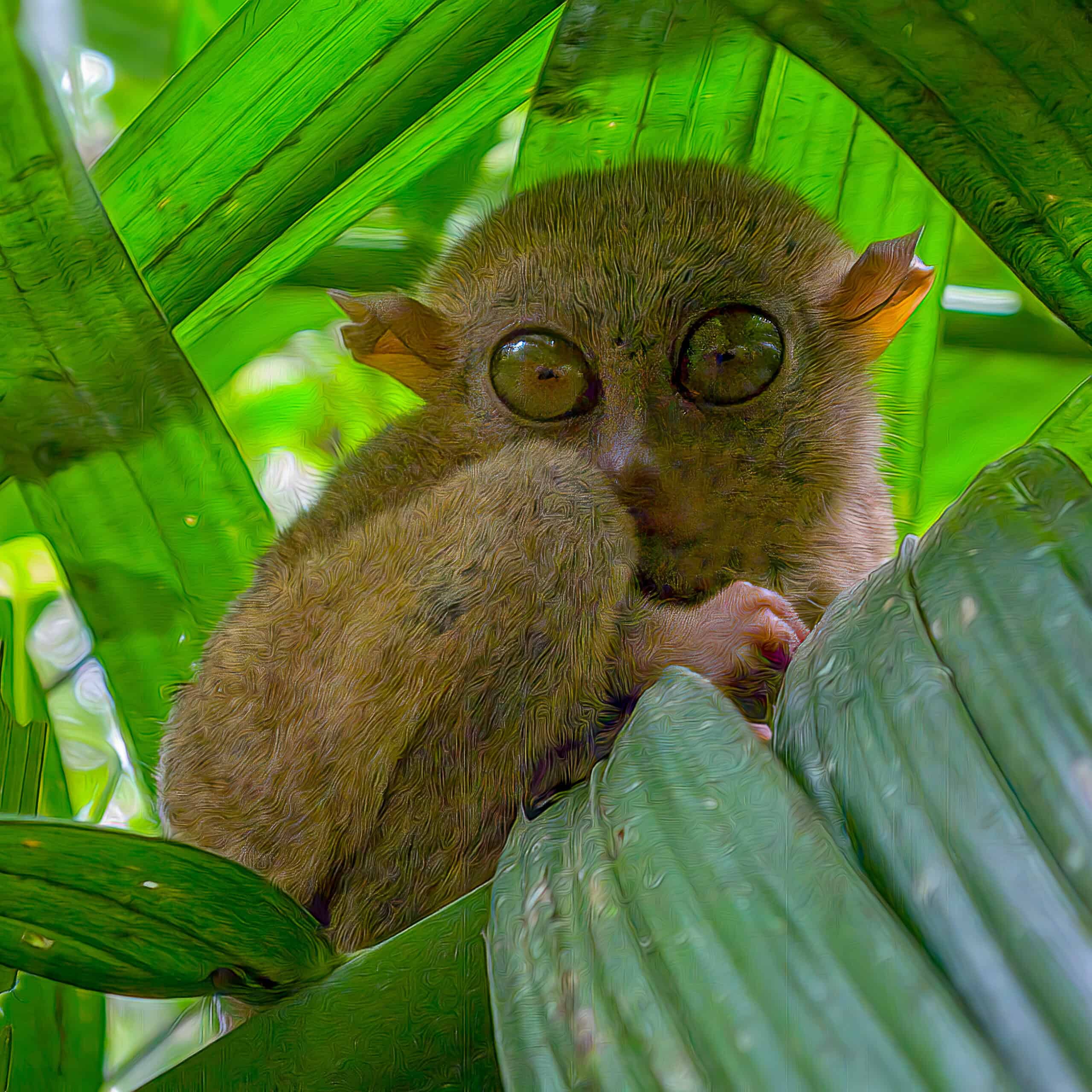
Rediscovered in 2000 after being thought extinct, the Pygmy Tarsier inhabits the mountainous forests of central Sulawesi, Indonesia. Its nocturnal lifestyle and preference for dense, foggy forests make it one of the more elusive primates.
Gray-shanked Douc Langur (Pygathrix cinerea)
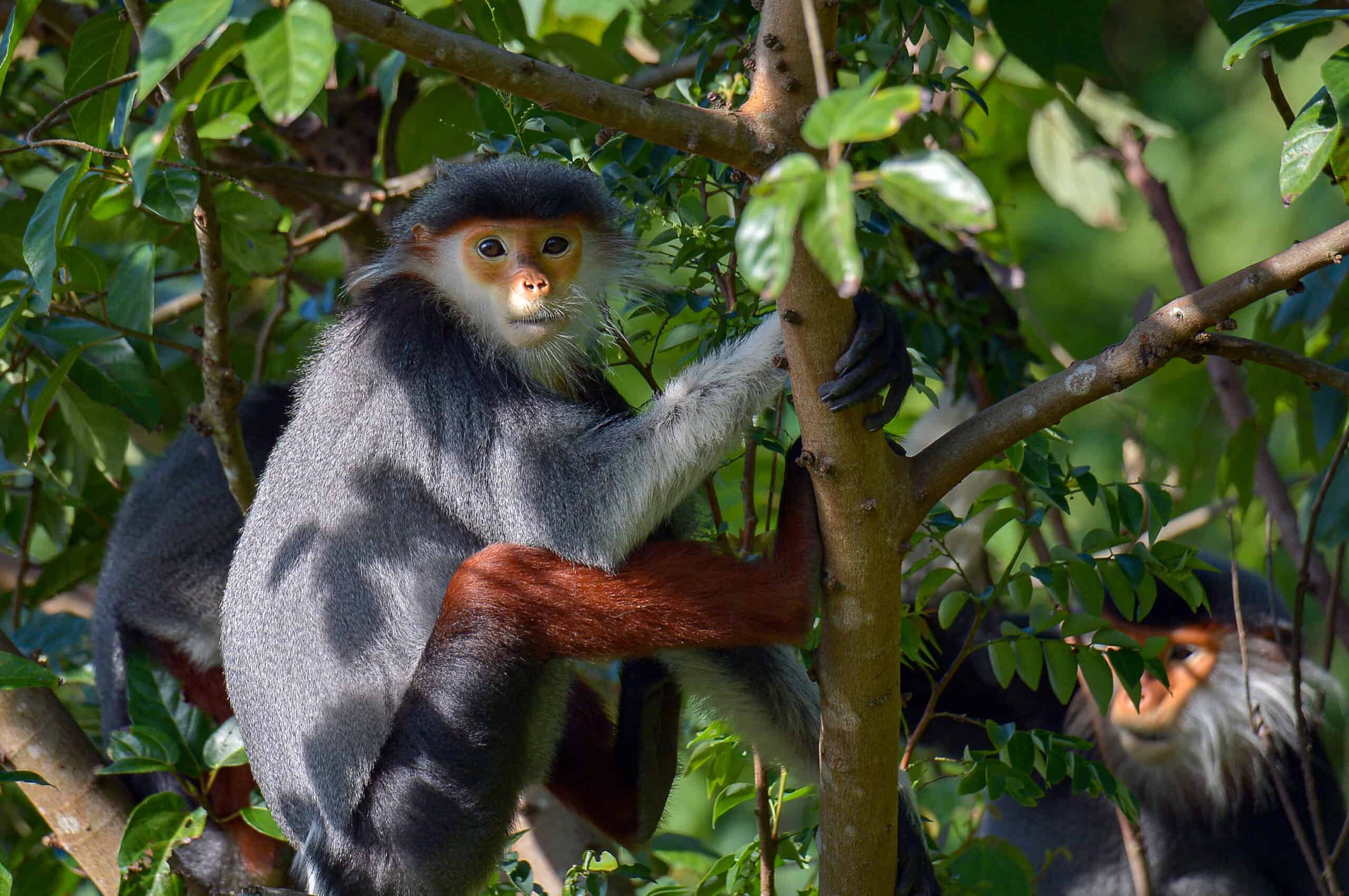
This striking monkey, with its distinctive gray and yellow fur, is found in the central highlands of Vietnam. With fewer than 1,000 individuals left in the wild, it faces threats from hunting and habitat loss.
Hainan Gibbon (Nomascus hainanus)
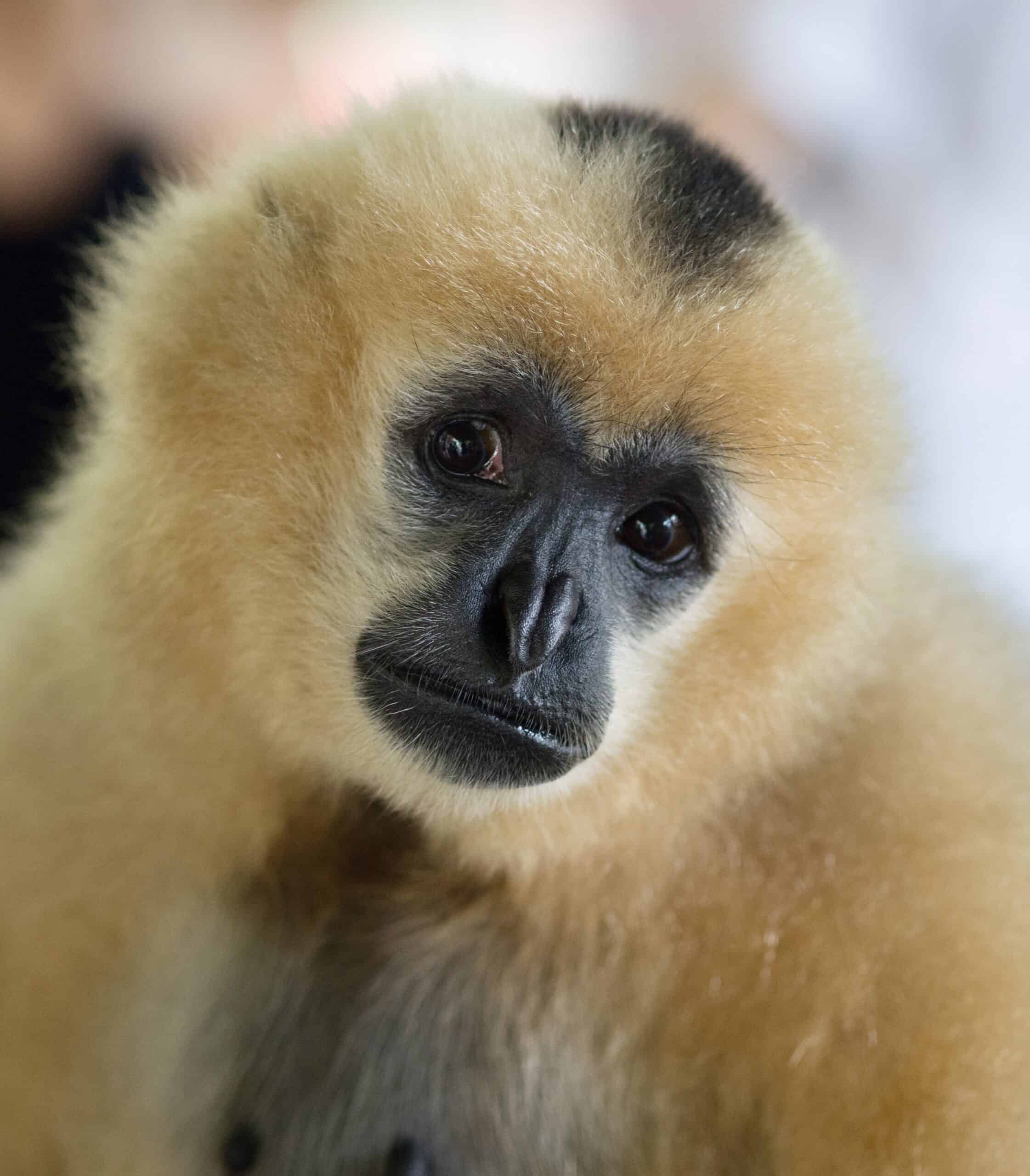
Native to the island of Hainan, China, the Hainan Gibbon is possibly the rarest primate in the world, with around 25 individuals remaining. This gibbon’s survival is critically dependent on the conservation of its tropical forest habitat.
Tonkin Snub-nosed Monkey (Rhinopithecus avunculus)
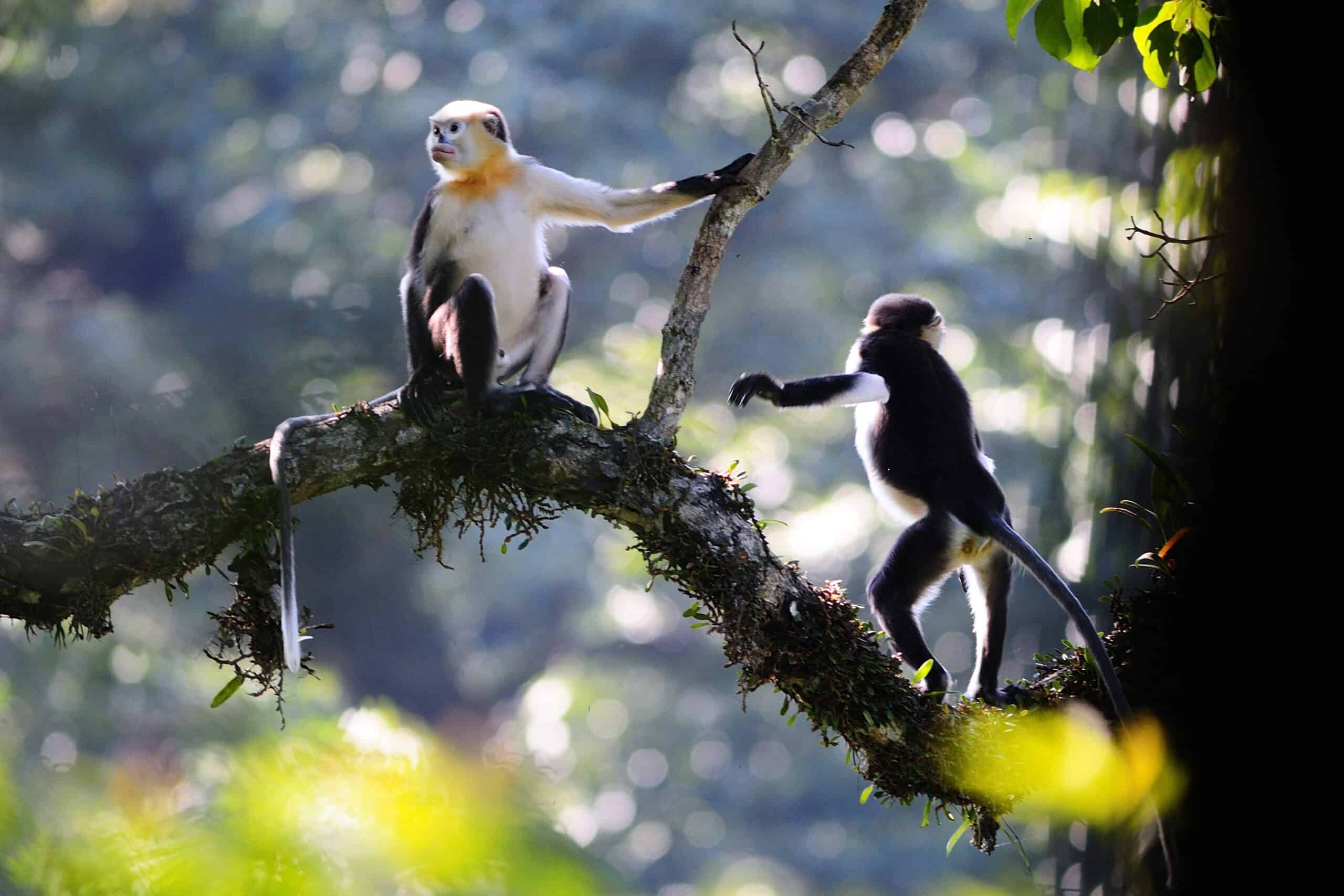
With less than 250 individuals, this monkey from Northern Vietnam is critically endangered. Known for its distinctive upturned nose and deep-set eyes, it primarily inhabits karst forests.
Black-headed Spider Monkey (Ateles fusciceps)
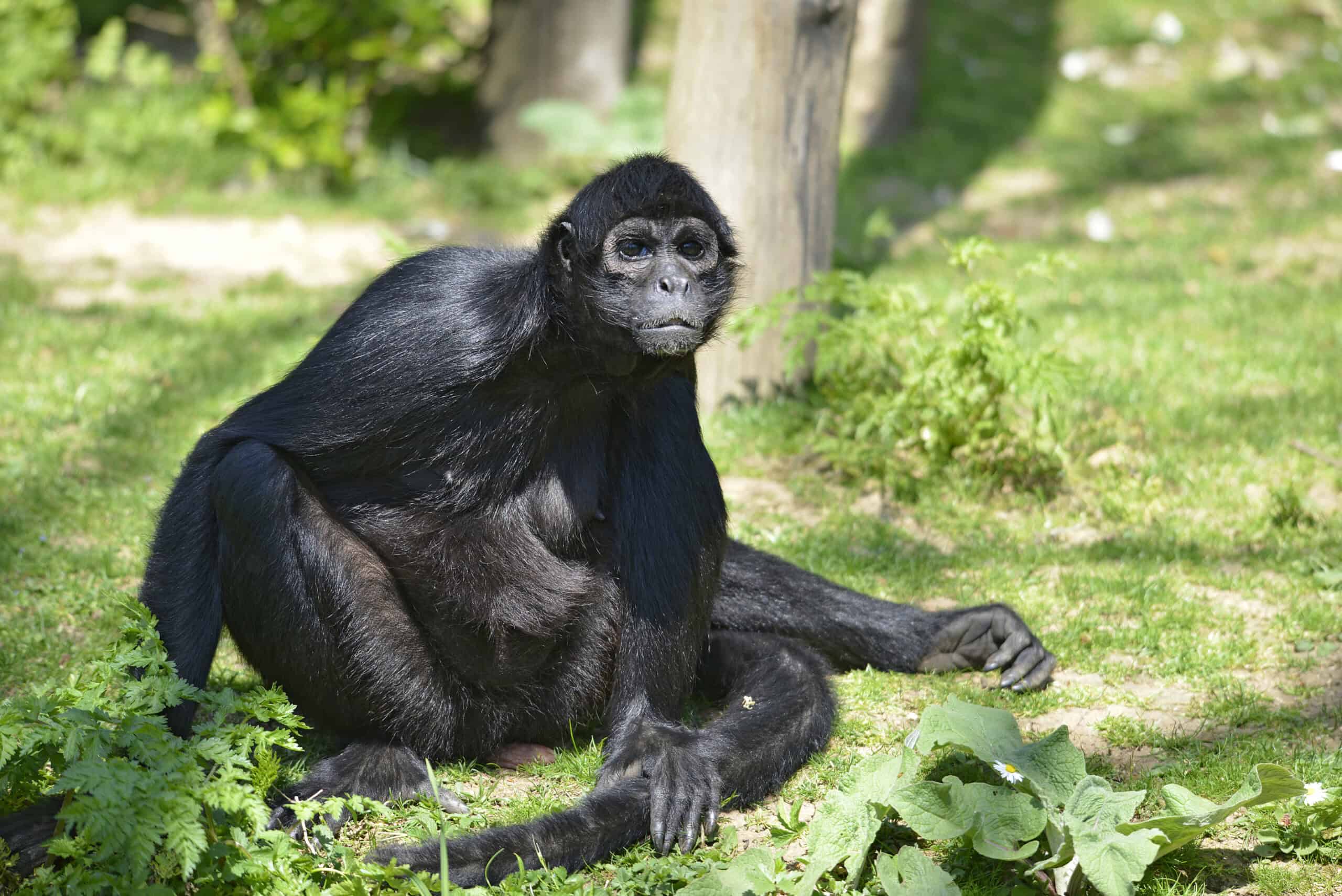
Native to the dense forests of Ecuador and Colombia, this species is critically endangered due to deforestation and the illegal pet trade. Their long limbs and tail make them excellent climbers and swingers.
Yellow-tailed Woolly Monkey (Lagothrix flavicauda)
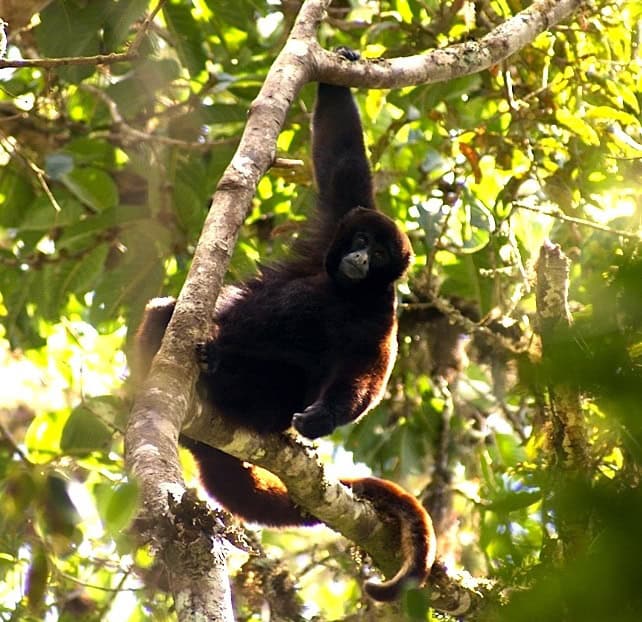
Found only in the Peruvian Andes, this critically endangered monkey is threatened by habitat destruction and hunting. Known for its thick, woolly coat and expressive face, conservation efforts are crucial for its survival.
Variegated Spider Monkey (Ateles hybridus)

This species is located in Venezuela and Colombia. With its striking appearance and critically endangered status, it faces threats from deforestation and the wildlife trade.
Delacour’s Langur (Trachypithecus delacouri)
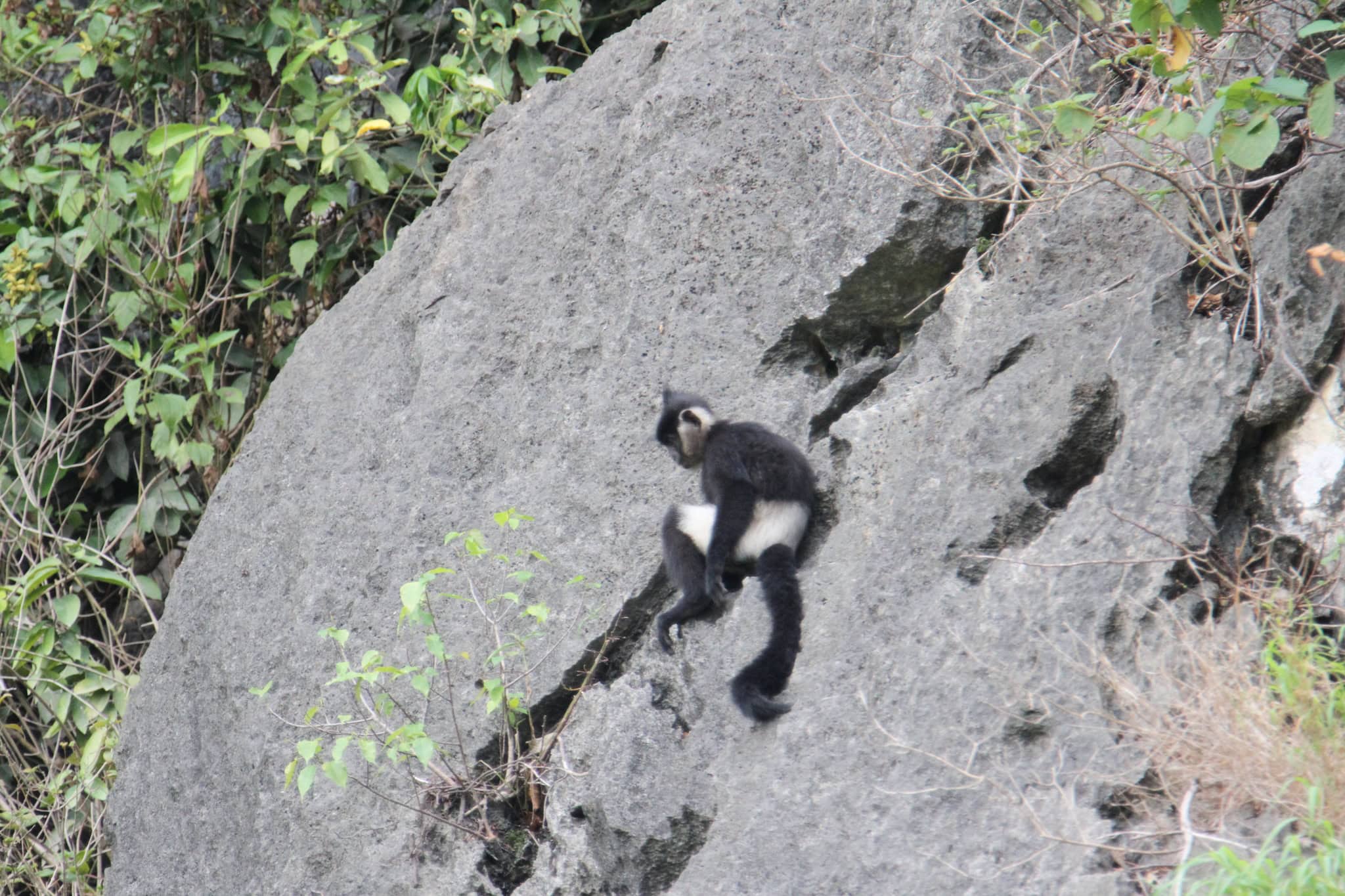
This critically endangered primate is found only in northern Vietnam. Known for its striking black and white fur, it lives in limestone forests which are being increasingly quarried, threatening its habitat.
Silvery Gibbon (Hylobates moloch)
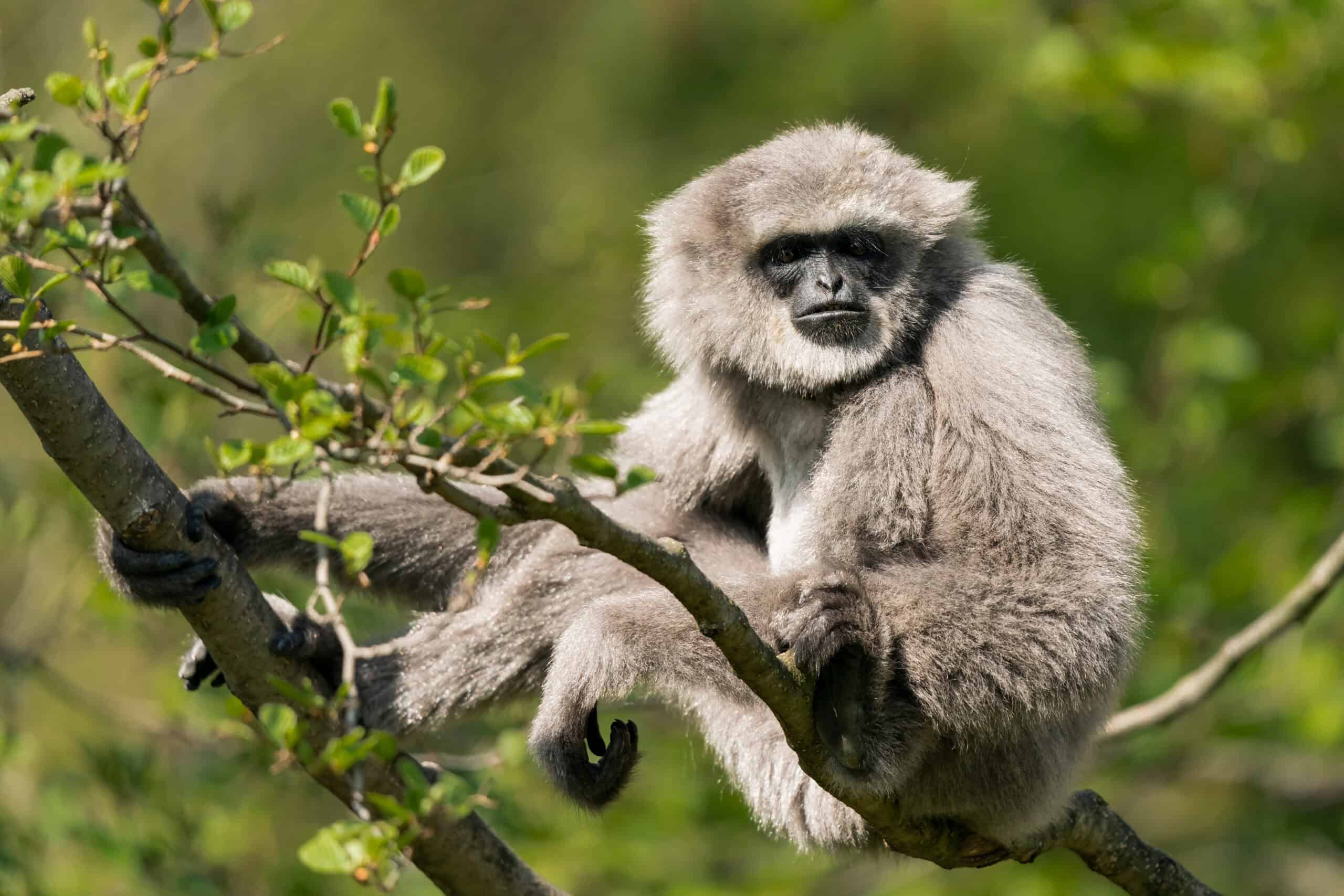
Endemic to the island of Java, Indonesia, the Silvery Gibbon is known for its haunting vocalizations. Habitat loss due to agriculture and human settlement is the main threat to this species.
White-headed Langur (Trachypithecus poliocephalus)
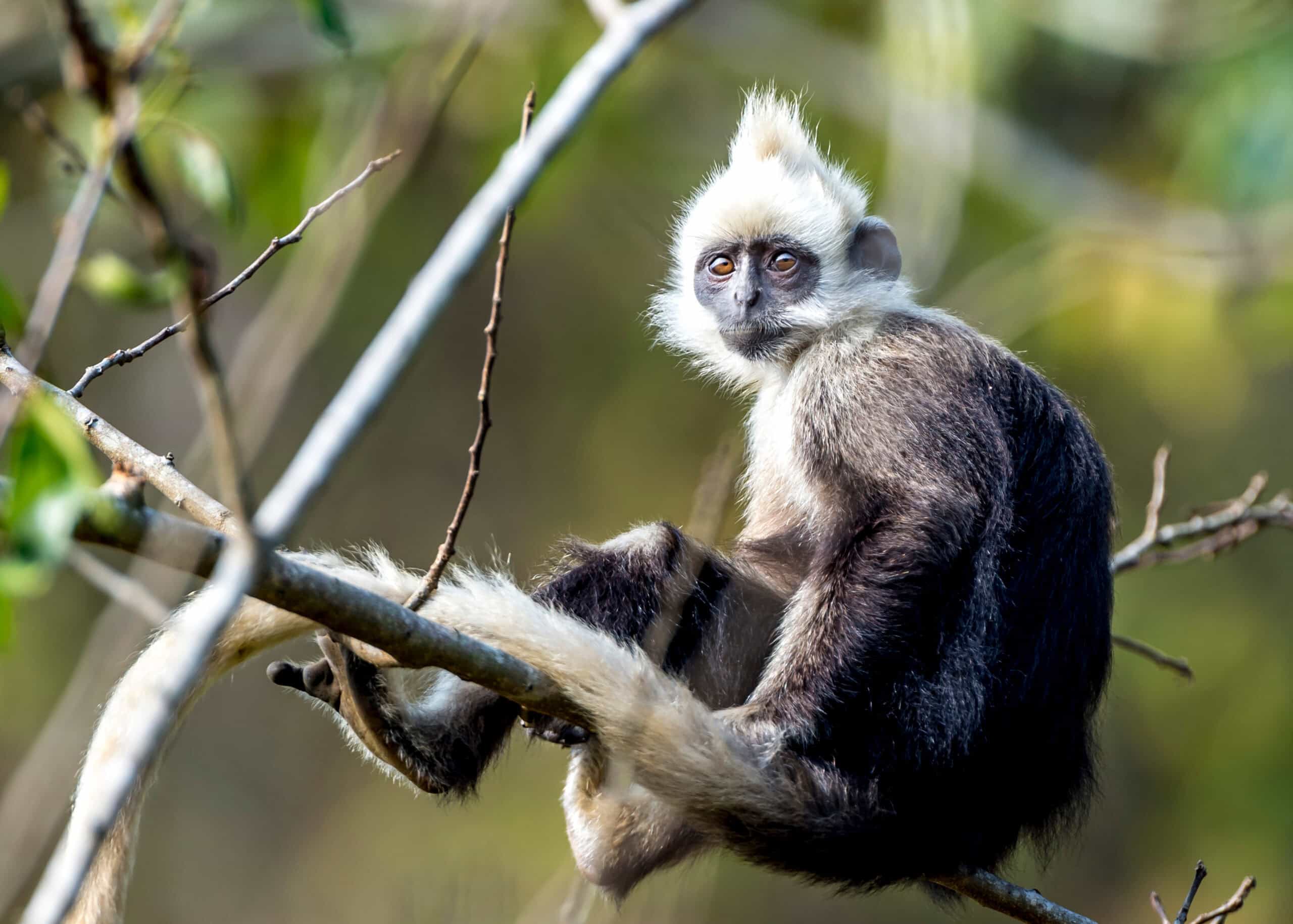
Also known as the Cat Ba Langur, this species is confined to small areas in Vietnam and is critically endangered due to habitat destruction and hunting.
Weeping Capuchin (Cebus olivaceus)
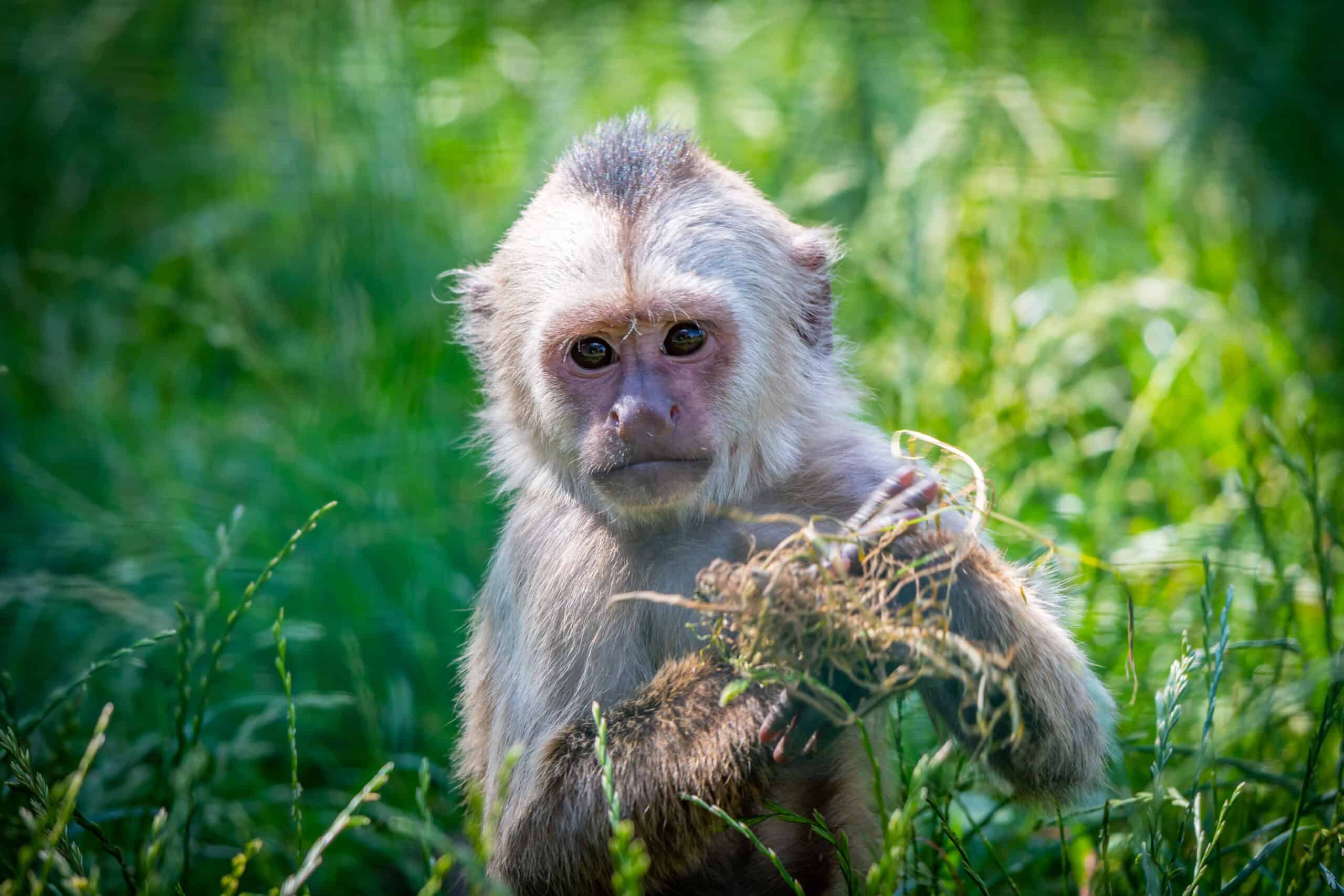
Found in the rainforests of Venezuela, this species is under threat from habitat fragmentation and the pet trade. They are known for their intelligence and complex social structures.
Red-backed Bearded Saki (Chiropotes chiropotes)
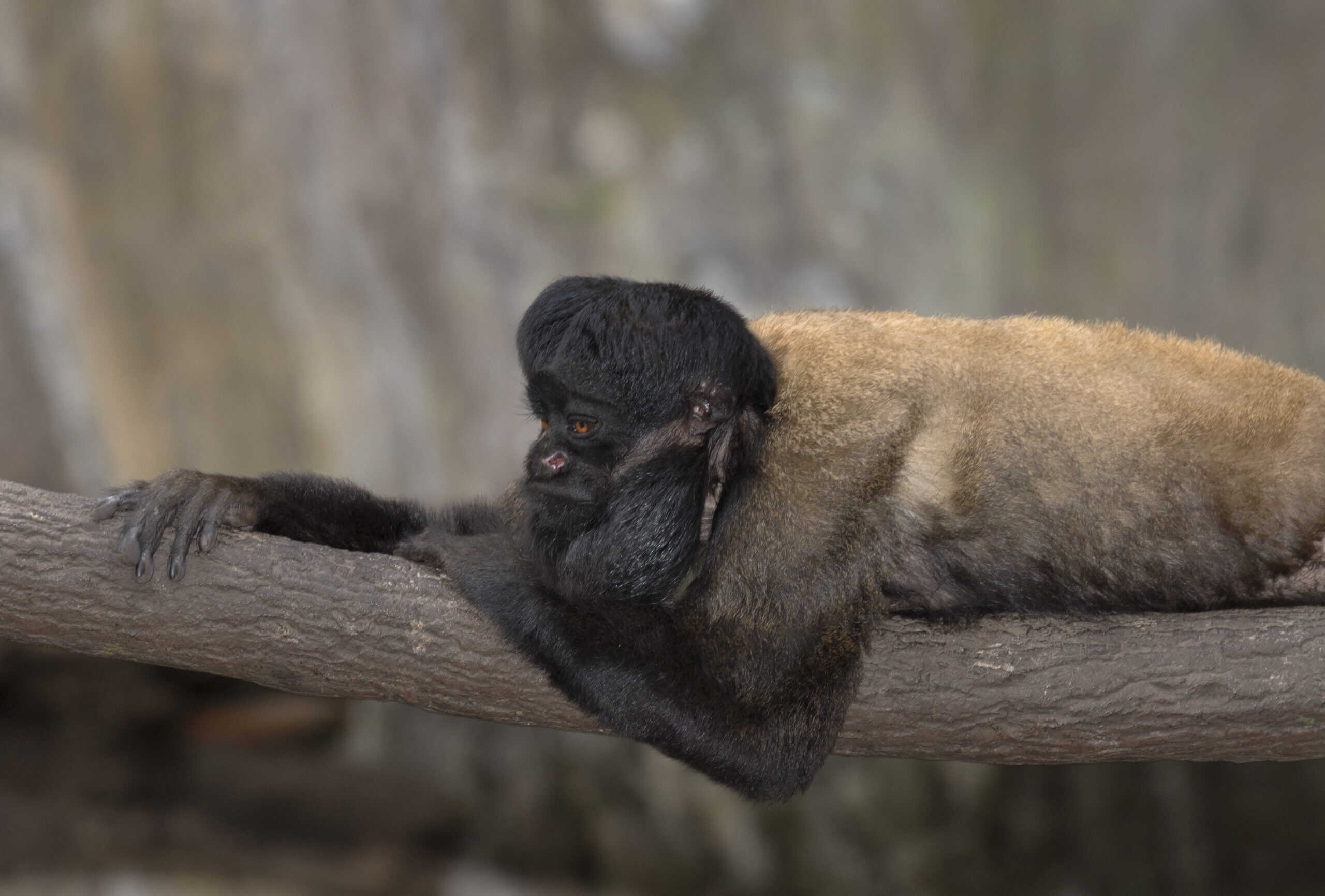
Native to the northeastern Amazon basin, this species is vulnerable due to deforestation and hunting. They are noted for their striking red fur and beard-like facial hair.
This article originally appeared on Rarest.org
More from Rarest.org
The 11 Most Expensive Buffets in Las Vegas

Las Vegas is known for its opulence and extravagance, extending even to its dining experiences. Among these, the buffets stand out not just for their variety but also for their luxury. Read More
1940 Mercury Dime Value Guide
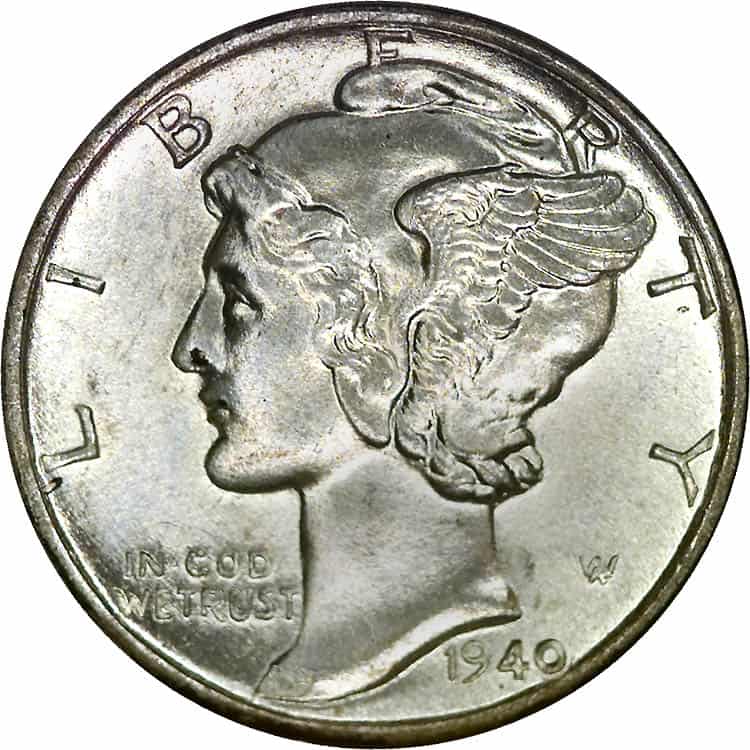
The 1940 Mercury dime is made of 90% silver and 10% copper. It has an actual silver weight (ASW) of 0.0723oz, a reeded edge, a diameter of 17.9 mm, and a weight of 2.5 grams. Read More
1941 Jefferson Nickel Value Guide
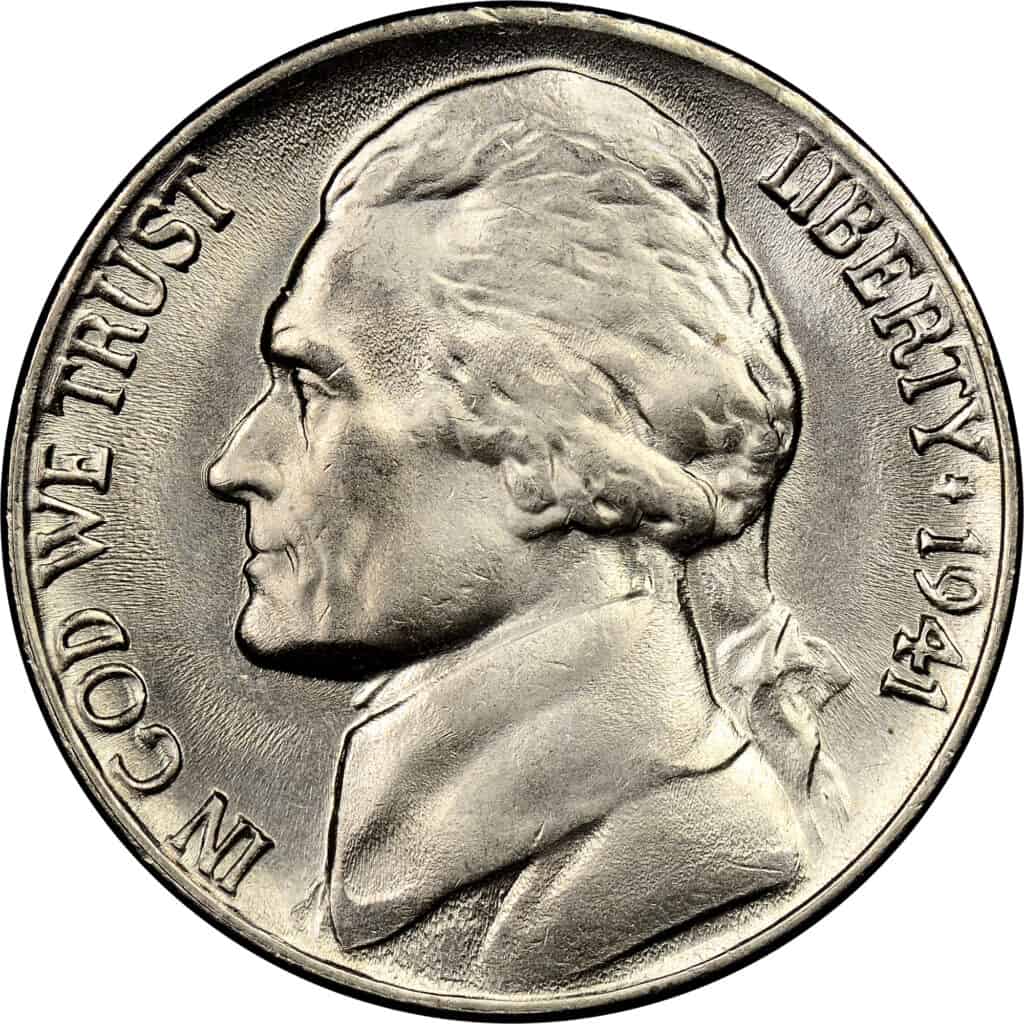
The Jefferson nickel was created by German-born American designer and sculptor Felix Oscar Schlag and was in use from 1938 to 2004. Thomas Jefferson, the third US President and one of the Founding Fathers, is depicted on the coin. Read More
